By Becky Swanberg — EMoon Lead Content Editor and Middle Reader Novelist
In the first post of this series, I filled you in on my journey from struggling writer of first novel to struggling writer of second novel. (What a ride!) But how did I get into editing? That’s where we’re headed today.
I met Laree Lindburg many years back through a local homeschool community. Several years later our paths crossed again, and we began to talk writing. She had recently taken over Electric Moon Publishing as the owner and manager, and I had recently finished my first manuscript. Months later she graciously offered to read my book and was encouraging in her response to my work. She told me to keep writing (a simple message that I desperately needed to hear), and she offered me a job as an editor.
For anyone who loves to read, getting paid to read and share your thoughts with the writer would be a dream job. But there was something especially fulfilling about standing with an author in the creative process. I respected the effort that went into writing the book. I knew the courage it took to let strangers read it and guide the direction. And I felt especially mindful of the sensitive nature of creativity. I knew I wasn’t just offering feedback on their work; I was criticizing something that meant a great deal to them. I was, essentially, weighing in on their art.
It felt like an immense responsibility and privilege to partner with an author. Two years later, I still feel that responsibility to balance the honest words that will help an author execute their vision while trying not to crush that vision under scrutiny.
As a content editor (sometimes called a developmental editor), I work with the author to finalize their manuscript before it goes to copy edits. This means looking at the overall message (non-fiction) or story (fiction) and double-checking that it is clear, cohesive, and told as effectively as possible. Sometimes there are simple suggestions like defining terms or adding examples, while other times I suggest bigger overhauls like rewriting chapters, adding new ideas, or even cutting pieces that don’t fit the overall book.
I try to ask myself two questions as I consider what revisions to suggest for a manuscript.
First, I ask, “Do I really understand the author’s vision for this book?” If not, I need to clarify that before I offer suggestions.
Second, before sending out my suggested edits, I consider, “How would I respond if someone sent me this feedback?” Is it needlessly harsh? Do I explain the reasons for changing things? Have I told them what is working well? Am I still fighting for their vision and not mine?
The opportunity to edit popped up seemingly out of nowhere, but there was already so much groundwork from my years of working through my own writing. I’m grateful for the things I’m learning about the publishing process. I’m thankful for the opportunity to help other people prepare their stories. And I enjoy being part of an organization that supports and empowers writers to get the best version of their book into the hands of readers.







